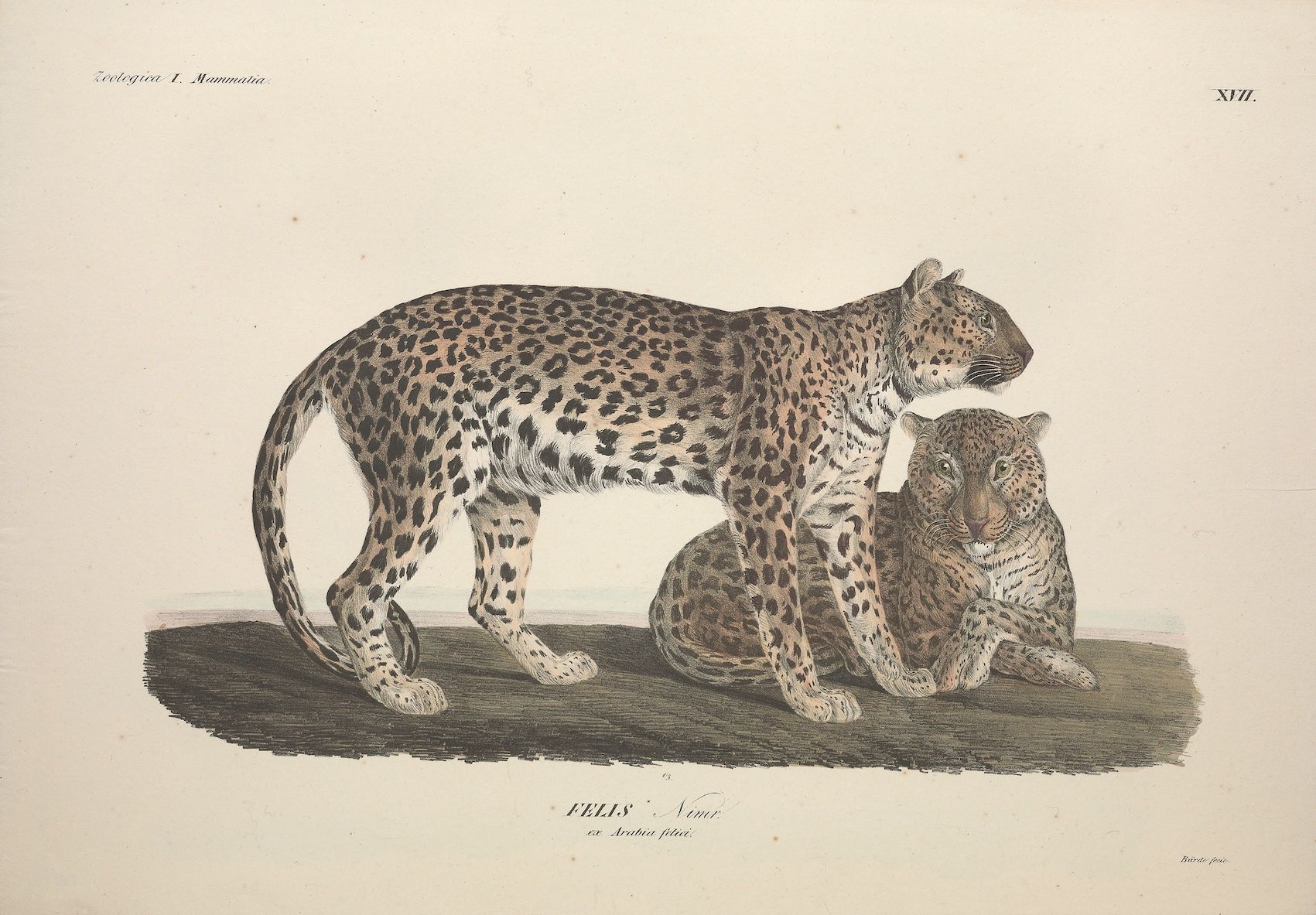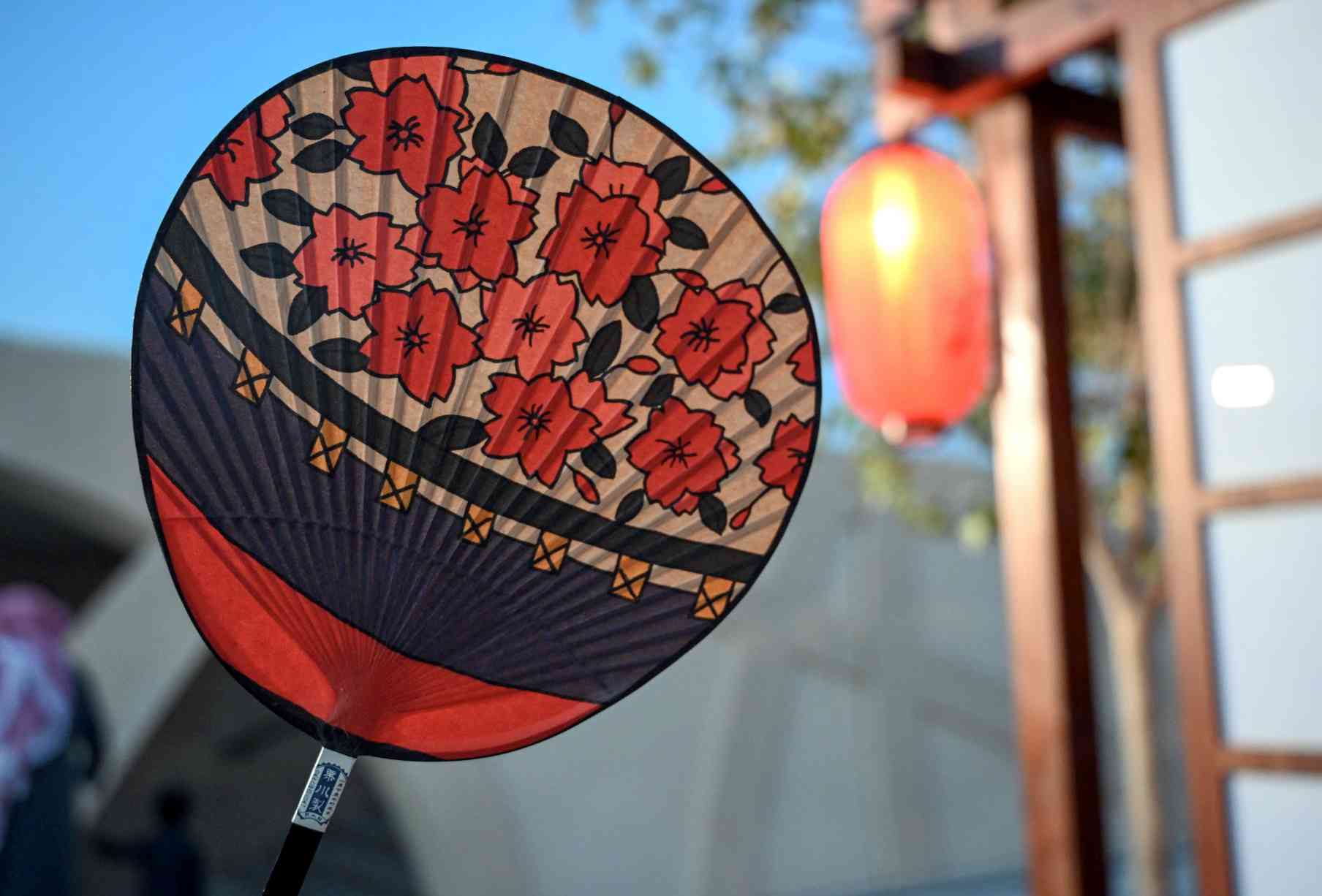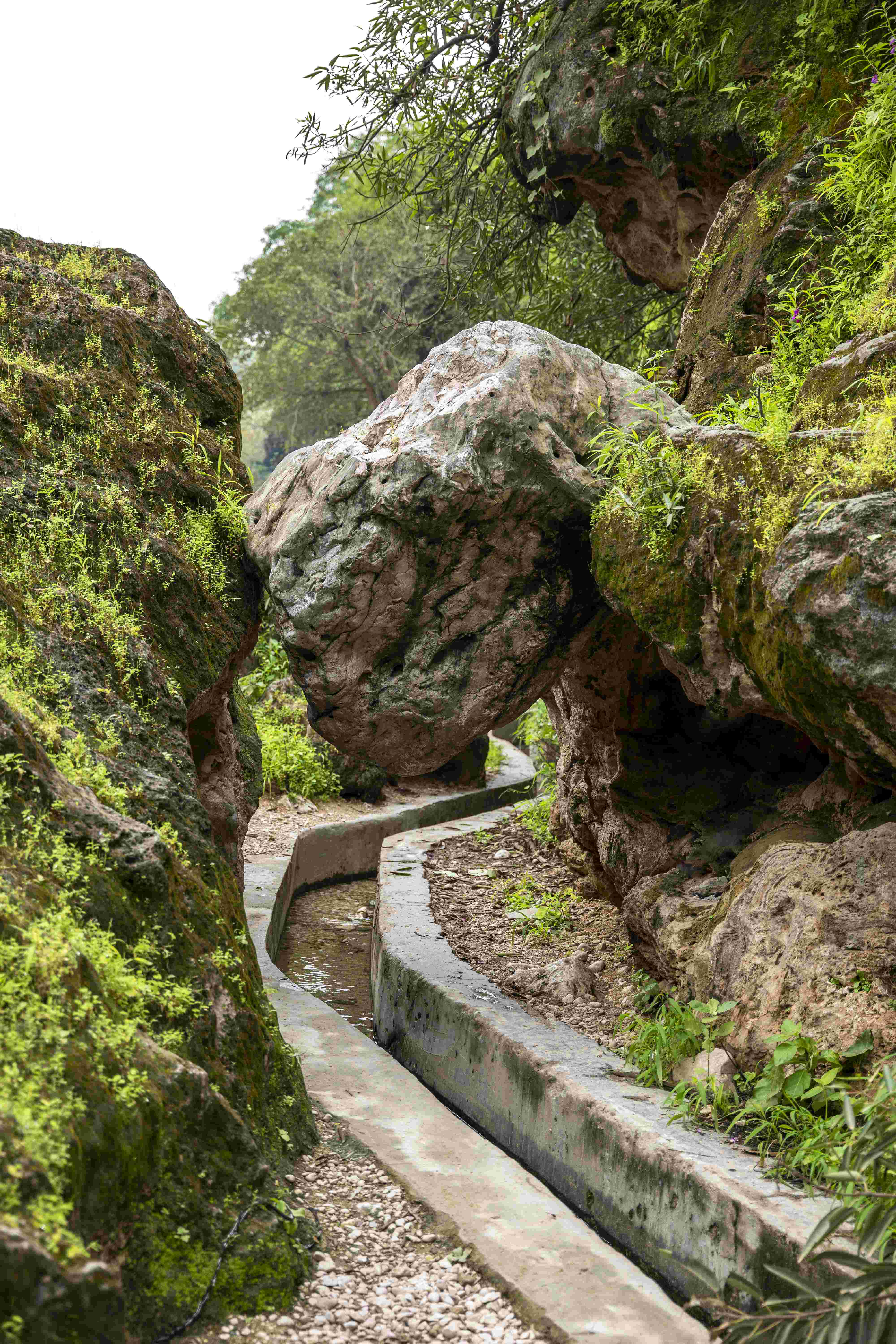Seeking Refuge in Nature
Mongols Escaping Turanians
From a manuscript of the Kitab-i Nigaristan, a collection of instructive anecdotes and historic stories authored by Ahmad b. Muhammad Ghaffari (1504-1567)
Copied by Ahmad al-Shirazi
Iran, probably Shiraz, dated 980 AH / 1572–1573
Opaque watercolour, ink, and gold on paper
38.7 cm × 25 cm
AKM272.fol187r
In a world of constant anxiety and worry about looming threats from climate change, conflict and war, many of us turn to nature for peace, succour, and even survival. Wherever we live in the world, we know places to escape to – the sea, the forest, the desert, the mountains. We know where they are, they call to us, and we know that they will embrace us, shelter us, and perhaps even make us whole again. That knowledge of course is not new. In fact, throughout human history and around the globe, stories remind us of the powerful role nature can play in our well-being, regeneration, and survival. This painting references one of them.
At first sight, it evokes a beautiful nature scene of serene calm and rest: two couples relaxing and chatting in a lush green landscape ablaze with colorful flowers, blooming trees, tall cypresses and gently flowing rivers – all enclosed by vibrant rock formations. A haven of peace.
And yet, their reason for being there is not leisure, but survival – from a devastating massacre which, according to the story told, the Turanians had visited upon their Mongol people. The massacre had left only the four of them alive: Prince Nekuz, Prince Qiyan, and their two wives. Together, they had managed to escape by following a narrow track to a plain sheltered by the Ergenekon mountain range.
It was here, nested and safe in the fertile valley evoked in the painting above, that – according to legend – the four of them started again, their children multiplying and dividing into tribes over the next 400 years. It was only then that the Egenekon plain became too crowded. In fact, living space had become so tight that the only way to leave was to blast a passage through an iron mine tunnel in the mountain face!
Written by Special Guest Contributor Dr. Ulrike Al-Khamis, Director and CEO at the Aga Khan Museum, Toronto.
In each issue, we feature a special treasure from the Aga Khan Museum, one that tells a story, captures a moment and inspires conversation.


